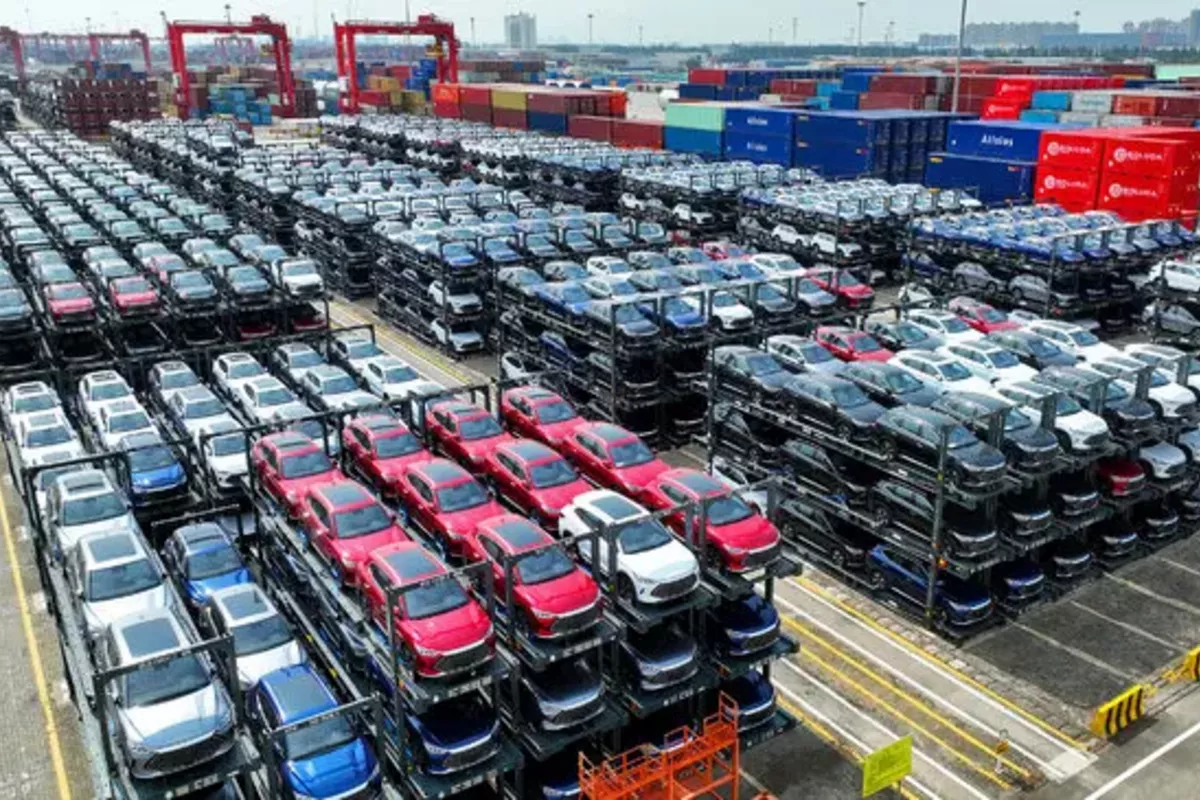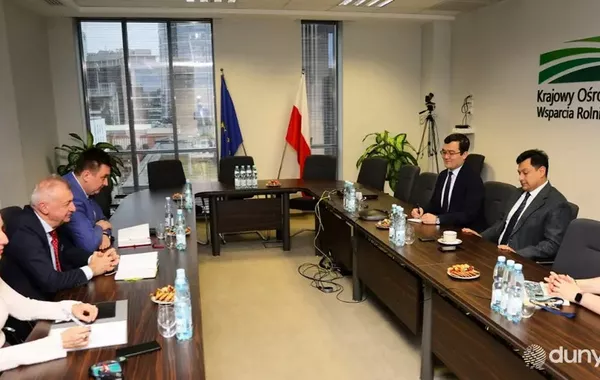
Photo: Shutterstock
Central Asia has become an increasingly appealing market for the automotive industry throughout the 2020s, driven by rising investments, technological advancements, and enhanced logistics-much of which has been spearheaded by China.
Since the onset of the COVID-19 pandemic, China has rapidly expanded its influence in the region’s automotive sector and is becoming the dominant external supplier in import-reliant markets, even in countries with domestic manufacturing capabilities, The Caspian Post reports, citing The Times of Central Asia.
The Central Asian automotive landscape reflects the region’s economic diversity. Uzbekistan and Kazakhstan serve as the main manufacturing hubs, while Kyrgyzstan, Tajikistan, and Turkmenistan rely heavily on imports.
By the end of 2024, while the global automotive sector faced a slowdown, Uzbekistan recorded modest growth in car production, up 0.8% year-on-year. In contrast, Kazakhstan saw a 1.6% decrease. During the first seven months of 2025, Uzbekistan produced 212,200 passenger vehicles, a 3.5% increase compared to the same period in 2024. Truck production rose sharply by 28%, from 1,800 to 2,300 units.
With a population of approximately 37 million, Uzbekistan remains the region’s industrial center. The state-owned UzAuto Motors, formerly GM Uzbekistan, dominates more than 90% of the domestic passenger car market. Models such as the Chevrolet Cobalt, Nexia, and Tracker are built on General Motors platforms and produced at the main plant in Asaka, which has a capacity of 280,000 vehicles per year. Some of this output is exported to Russia, Azerbaijan, and Georgia.
In a bid to stay competitive with Chinese brands, Uzbekistan launched a joint venture with BYD in 2023 and annonced the construction of a $1.5 billion electric vehicle (EV) plant in the Ferghana region with Chinese support.
Kazakhstan’s key market players include Allur and Hyundai Trans Kazakhstan. Allur’s Kostanay plant produces up to 125,000 Kia, Chevrolet, Skoda, JAC, Jetour, and Hongqi vehicles annually, and accounts for 61% of the national output. Hyundai Trans Kazakhstan in Almaty has a capacity of 50,000 units, covering 31% of production.
Two new car plants are expected to open in 2025. The first, a $200 million investment by Kia, will be located in the Kostanay region and marks the company’s first Central Asian plant. With a planned capacity of 70,000 vehicles per year, the move underscores Kia’s long-term commitment to Kazakhstan.
“We are excited about the promising opportunities opening up in the Kazakh market. Kazakhstan’s economy is developing dynamically and on a large scale. We see great potential for our business in this market,” said Kia President and CEO Ho Sung Song.
The second plant, in Almaty, will assemble Chinese brands with a target of 90,000 vehicles annually. Rather than compete with Chinese imports, Kazakhstan has opted to localize production in partnership with Chinese manufacturers.
While Kyrgyzstan and Tajikistan host minor assembly operations, primarily with Chinese partners, their automotive fleets, along with Turkmenistan’s, are largely replenished through imports. Since 2020, shifts in global logistics have transformed China from an alternative supplier into the dominant source of vehicles in these countries.
Governments in Bishkek, Dushanbe, and Ashgabat have facilitated Chinese market entry, particularly in the electric vehicle sector. This alignment between local incentives and Beijing’s policy of supporting its innovative auto industry has strengthened China’s position.
Chinese automakers take a tailored approach in each country. Kyrgyzstan and Kazakhstan serve not only as end markets but also as re-export hubs to Russia. In contrast, engagement in Tajikistan and Turkmenistan relies more on political diplomacy and elite relationships.
In Tajikistan, where vehicle ownership is just 55 cars per 1,000 people, Chinese brands are gaining traction. In 2023, Rustam Emomali, son of President Emomali Rahmon, speaker of the upper house of parliament, and mayor of Dushanbe, signed an agreement to build an EV plant with Chinese partners.
By 2024, Tajikistan began importing Chinese EVs with exemptions from taxes and duties. Dushanbe ordered all taxis to switch to EVs by Sept 1, 2025; EV import duty/tax breaks preceded that. With most EVs in the country originating from China, Beijing stands to benefit directly from these policies.
While China has not fully monopolized Central Asia’s automotive markets, its dominance is expanding rapidly, tempered only by competition from companies such as Kia and General Motors. An “invisible revolution” is underway, marked by the accelerated decline of Russia’s traditional influence over the region’s automotive space. For decades, Central Asia was a key market for Russian-made AvtoVAZ vehicles. Today, that position is being challenged and increasingly replaced by Chinese innovation and investment.
Share on social media
